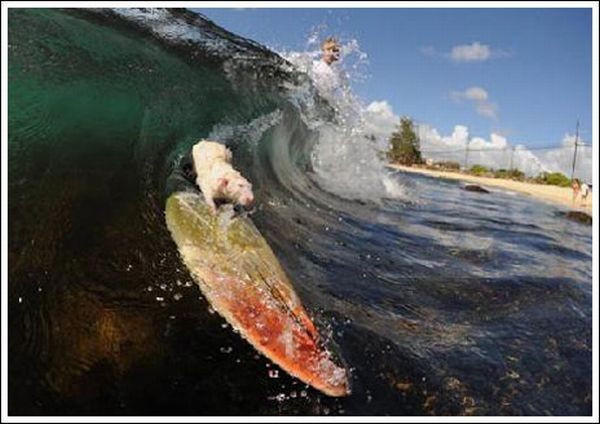|
|
Surfing Rat
|
Depictions of rats in fiction are historically inaccurate and negative. The most common falsehood is the squeaking almost always heard in otherwise realistic portrayals (i.e. non-anthropomorphic). While the recordings may be of actual squeaking rats, the noise is uncommon - they may do so only if distressed, hurt, or annoyed. Normal vocalizations are very high-pitched, well outside the range of human hearing. Rats are also often cast in vicious and aggressive roles when in fact it is their shyness which helps keep them undiscovered for so long in an infested home.
The actual portrayals of rats vary from negative to positive with a majority in the negative and ambiguous. The rat plays a villain in several mouse societies; from Brian Jacques's Redwall and Robin Jarvis's The Deptford Mice, to the roles of Disney's Professor Ratigan and Kate DiCamillo's Roscuro and Botticelli. They have often been used as a mechanism in horror; being the titular evil in stories like The Rats or H.P. Lovecraft's The Rats in the Walls and in films like Willard and Ben. Another terrifying use of rats is as a method of torture, for instance in Room 101 in George Orwell's Nineteen Eighty-Four or The Pit and the Pendulum by Edgar Allan Poe.
Selfish helpfulness —those willing to help for a price— has also been attributed to fictional rats. Templeton, from E. B. White's Charlotte's Web, repeatedly reminds the other characters that he is only involved because it means more food for him, and the cellar-rat of John Masefield's The Midnight Folk requires bribery to be of any assistance.
By contrast, the rats appearing in the Doctor Dolittle books tend to be highly positive and likeable characters, many of whom tell their remarkable life stories in the Mouse and Rat Club established by the animal-loving doctor.
|
|









